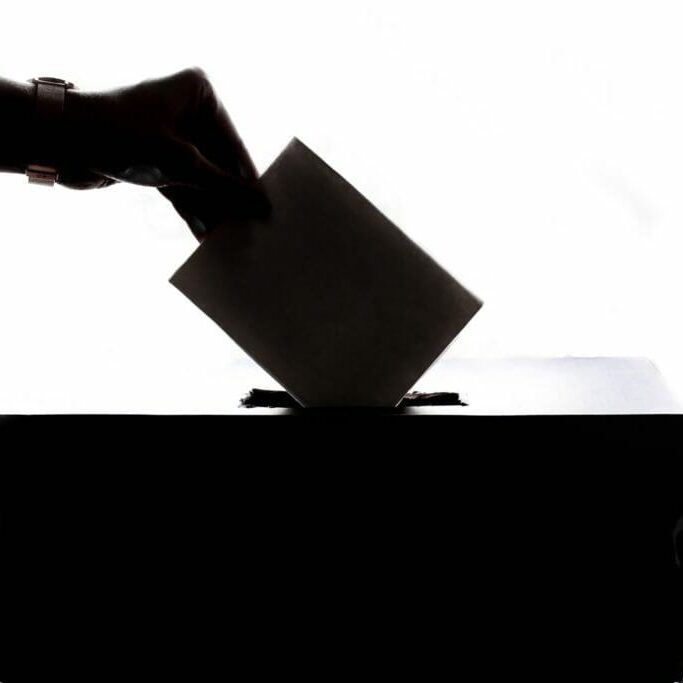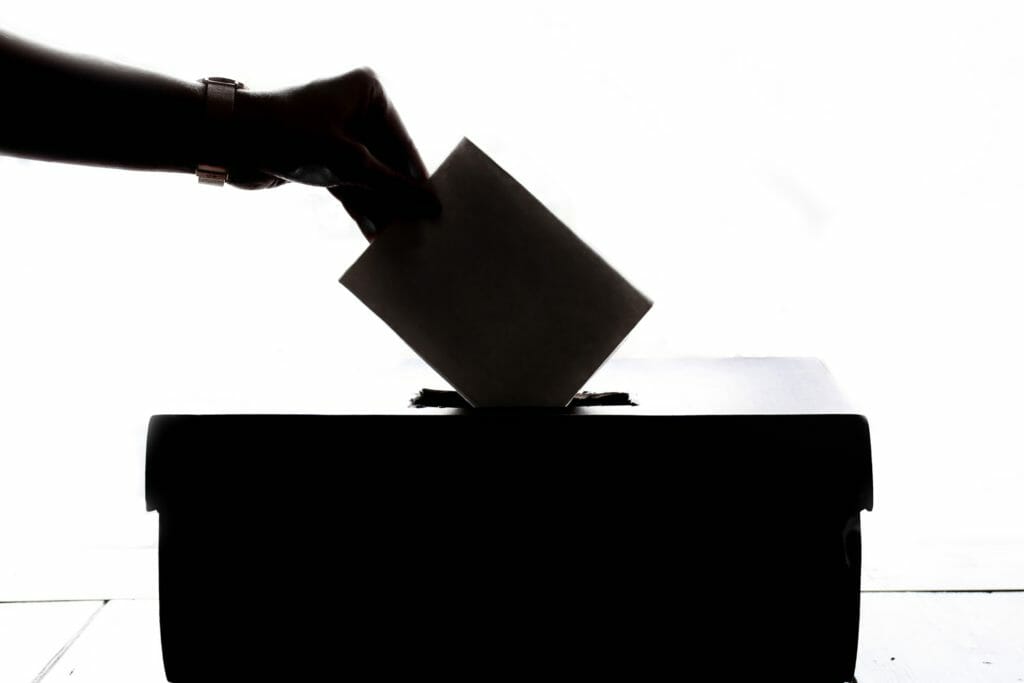
Canada needs proportional representation
Things are not as equal as they appear
Canada is not as ideologically divided as it might appear. In the last five federal elections, between 30 to 40 per cent of Canadians voted for the right-of-centre Conservative Party. The remaining 60 to 70 per cent voted for one of the four left-of-centre parties. We are predominantly a nation of lefties.
Conservative consolidation
So why do we keep oscillating between right-of-centre and left-of-centre governments?

To answer this question, we must look back to the 1990s, when the Liberals reigned supreme and right-leaning voters were split between the two right-of-centre parties: the Canadian Alliance and the Progressive Conservatives. Somewhere around this time, these centre-right parties realized that neither was capable of defeating the Liberals in an election, and they launched a campaign to “unite the right.”
In 2003, they merged to form the Conservative Party of Canada, and since then, under Canada’s “first-past-the-post” electoral system (FPTP), the Conservatives have won three of the five federal elections. The 60 to 70 per cent of us who split our votes between the four major left-of-centre parties, meanwhile, have been left out in the cold.
In 2015, Canada appeared poised for change. Fearful of another four years of Harper Conservative rule, left-leaning voters adopted the Conservative strategy and gave their support to a single party: the ascending Justin Trudeau Liberals, who were running on a platform that included calling a referendum on proportional representation. The Liberals won the election with a large majority and an unprecedented increase of seats but soon after they were in power, they reneged on their election promise.
The justification Trudeau gave for this was that he feared proportional representation would allow “fringe groups” to hold the balance of power — the implication being that left-leaning voters would no longer feel obliged to vote strategically for the Liberals as the biggest left-of-centre party, and would instead cast their votes for smaller parties (like the NDP or the Greens). This would lead to an erosion of the Liberal base, and likely mean that in order to govern, the Liberals would have to share power in a coalition.
A political quagmire
This leaves us in a political quagmire, vacillating between Liberal and Conservative governments, each working to undermine the perceived progress of the opposition. According to the Canada Poll Tracker, in the October 2019 federal election, left-leaning Canadians will again split their votes between the four major left-of-centre parties, and hereby hand another victory to the Conservatives. The chance of the Conservatives ever calling a referendum on electoral reform is virtually non-existent, as no one benefits more from the status quo than they do.
Even if a referendum were called today, there is no telling which way it would go. Prince Edward Island recently held a referendum on whether or not to adopt Mixed Member Proportional Representation (MMP) and 50 per cent of Islanders said “no.”
The problem seems to be that most Canadians do not really know what proportional representation is let alone why we need it. This made it easy for the red and blue campaigners in PEI to scare the public off the idea with a few well-placed signs bearing cautionary slogans like “MMP is confusing and complicated” and “Don’t know? Vote no.”
The cornerstones of democracy
Some of what detractors say about proportional representation is true. It will probably lead to a rise in the number of special interest parties and coalition governments, which will make it more difficult to push through legislation without considerable negotiation and compromise. But negotiation and compromise are the cornerstones of democracy, and history has shown us that coalition governments can be extremely productive.
For example, it was the Pearson Liberal minority government working with the NDP that gave us public healthcare, the 40-hour work week, the Canada Pension Plan and our current Canadian flag. Proportional representation will require our political parties to work together and hold each other accountable. It will also lead to greater voter turnout, political engagement and representation of marginalized groups, allowing left-leaning Canadians to vote for the party and candidate of their choice without fear of handing another undeserved victory to the right.
Proportional representation is not going to be offered to us. We must stand up and demand it. When the referendum is held, we must be ready to respond to misleading propaganda with facts and reason. There should be no doubt in anyone’s mind that proportional representation works. Over 80 per cent of OECD countries use some form of it, including some of the most stable and successful democracies in the world.
It is time to put an end to the Liberal-Conservative stranglehold on Canadian politics. Now more than ever, with the unprecedented worldwide ecological and economic challenges we face, we need a stable and truly democratic democracy.






